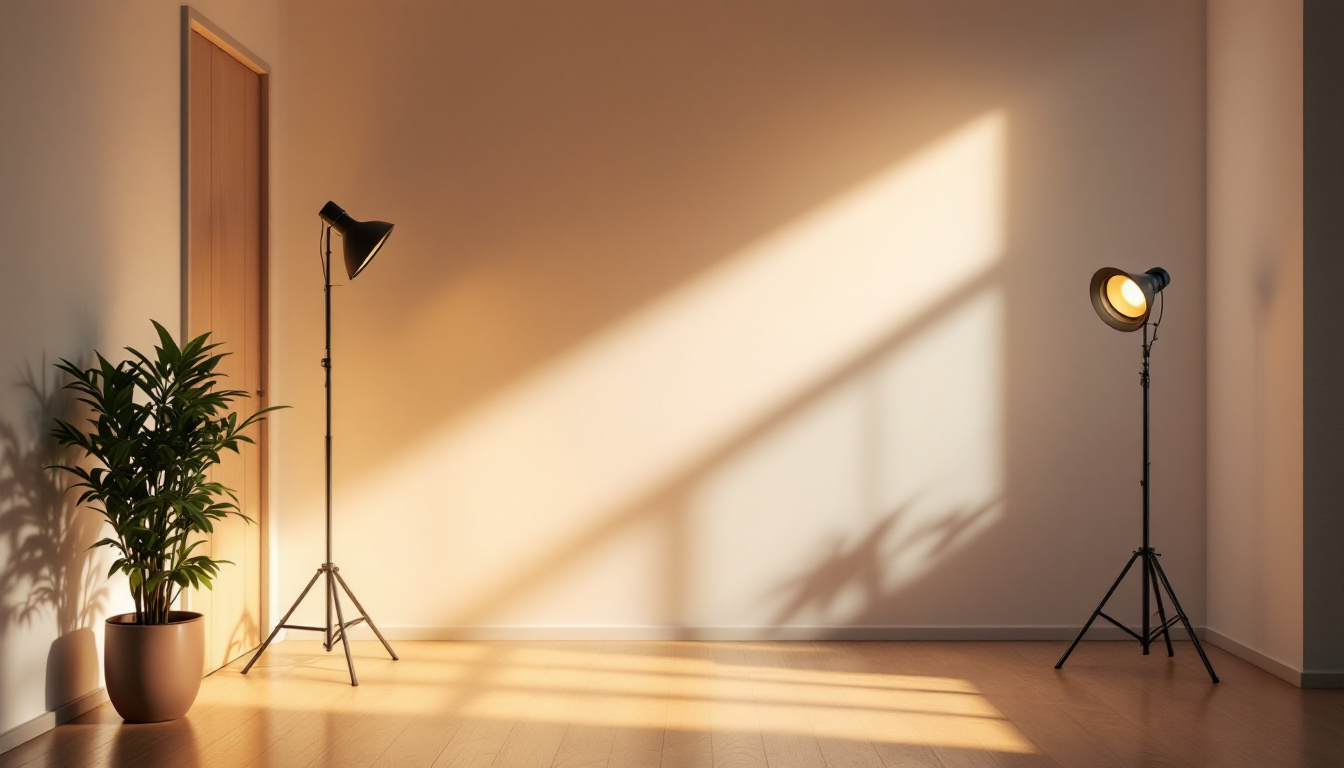

Lighting Whips: Simplifying for Lighting Contractors
In the world of lighting installation, efficiency and reliability are paramount. Lighting contractors often face the challenge of ensuring that their projects not only meet aesthetic standards but also comply with safety regulations and function seamlessly. One tool that has gained popularity in recent years is the lighting whip. This article aims to explore what lighting whips are, their advantages, and how they can simplify the work of lighting contractors.
Lighting whips are flexible, pre-terminated cables designed to facilitate the connection of lighting fixtures to power sources. These cables are typically equipped with connectors on both ends, allowing for quick and easy installation. They are available in various lengths and configurations, making them suitable for a wide range of lighting applications.
A typical lighting whip consists of several key components. The cable itself is usually made from durable materials that can withstand environmental factors, ensuring longevity and reliability. The connectors at each end are designed for easy attachment to fixtures and power sources, often featuring weatherproof designs for outdoor applications.
Additionally, some lighting whips come with built-in features such as strain relief and color-coded wires, which can further simplify the installation process. Understanding these components can help contractors select the right whip for their specific needs. The strain relief feature, for example, helps prevent damage to the cable at the connection points, which is particularly important in high-traffic areas or where the cables may be subject to movement. Color-coded wires not only streamline the installation process but also assist in troubleshooting and maintenance, allowing technicians to quickly identify the correct wires during repairs or upgrades.
There are several types of lighting whips available on the market, each designed for specific applications. For instance, some whips are designed for low-voltage lighting systems, while others cater to high-voltage installations. Additionally, there are specialized whips for LED fixtures, which often require unique connectors and wiring configurations.
Contractors should consider the type of lighting system they are working with when selecting a whip. This ensures compatibility and optimal performance, ultimately leading to a smoother installation process. Beyond voltage considerations, the choice of whip may also depend on the intended use of the lighting. For example, whips designed for temporary setups, such as event lighting, may feature lightweight materials and quick-connect capabilities, while those intended for permanent installations might prioritize durability and weather resistance. Furthermore, understanding the specific requirements of the lighting fixtures being used, such as wattage and power ratings, can help in selecting the most appropriate whip, ensuring both safety and efficiency in the overall lighting design.
The adoption of lighting whips offers numerous advantages for lighting contractors. These benefits can significantly enhance the efficiency and effectiveness of lighting installations, making them a valuable tool in any contractor’s arsenal.
One of the most significant advantages of using lighting whips is the time saved during installation. Traditional wiring methods can be labor-intensive and time-consuming, often requiring multiple steps to connect fixtures to power sources. In contrast, lighting whips come pre-terminated, allowing contractors to simply plug them in, drastically reducing installation time.
This time efficiency translates into cost savings for contractors, as they can complete more projects in less time. Additionally, the faster installation process can lead to increased customer satisfaction, as clients appreciate timely project completion. With the ability to streamline workflows, contractors can allocate their resources more effectively, focusing on quality workmanship rather than getting bogged down in lengthy installation processes.
Safety is a critical concern for lighting contractors, and using lighting whips can enhance safety on job sites. The pre-terminated nature of these cables reduces the risk of improper connections, which can lead to electrical hazards. Moreover, many lighting whips are designed with safety features such as strain relief and weatherproofing, further mitigating risks associated with electrical installations.
By minimizing the potential for errors during installation, contractors can ensure that their work adheres to safety regulations and standards, providing peace of mind for both themselves and their clients. Furthermore, the use of lighting whips can also lead to fewer accidents on the job site, as the simplified installation process reduces the need for extensive handling of wires and connectors, which can often lead to injuries if not managed properly.
Lighting whips come in various lengths and configurations, making them versatile tools for different lighting applications. Contractors can choose from a range of options to find the perfect whip for their specific project requirements. This customization allows for greater flexibility in design and installation, enabling contractors to tackle a wide array of lighting scenarios.
Furthermore, some manufacturers offer the option to customize whips according to specific project needs, such as unique lengths or connector types. This level of customization ensures that contractors can find the right solution for any job, enhancing their overall efficiency. Additionally, the adaptability of lighting whips allows contractors to easily switch between different lighting setups, whether for temporary installations at events or permanent fixtures in commercial spaces, making them an indispensable asset in a contractor’s toolkit.
With the variety of lighting whips available, selecting the right one for a project can be a daunting task. However, understanding the key factors to consider can simplify the decision-making process for lighting contractors.
The first step in choosing a lighting whip is to consider the specific application. Different lighting systems have unique requirements, and selecting a whip that aligns with these needs is essential. For instance, low-voltage systems may require different connectors than high-voltage systems, and LED fixtures often necessitate specialized wiring.
Contractors should assess the lighting fixtures they will be using and ensure that the whip they select is compatible. This attention to detail can prevent installation issues and ensure optimal performance.
The length and configuration of the lighting whip are also crucial factors to consider. Contractors should measure the distance between the lighting fixtures and power sources to determine the appropriate whip length. Selecting a whip that is too short can lead to complications during installation, while an excessively long whip may create unnecessary clutter.
Additionally, the configuration of the whip, including the type of connectors and wiring, should match the specific requirements of the project. By carefully evaluating these aspects, contractors can ensure a smooth and efficient installation process.
Investing in high-quality lighting whips is essential for long-term reliability. Contractors should look for products made from durable materials that can withstand environmental factors, especially for outdoor installations. Whips that are weatherproof and resistant to wear and tear will provide greater longevity, reducing the need for replacements and repairs.
Furthermore, reputable manufacturers often provide warranties and guarantees for their products, offering additional assurance of quality. Contractors should prioritize sourcing lighting whips from trusted suppliers to ensure they are getting the best products available.
While lighting whips simplify the installation process, following best practices can further enhance efficiency and safety. Adhering to these guidelines can help contractors achieve optimal results in their projects.
Before beginning any installation, it is crucial to read and understand the manufacturer’s instructions for the lighting whip being used. Each product may have specific guidelines regarding installation, safety precautions, and compatibility with different lighting systems. Familiarizing oneself with these instructions can prevent errors and ensure a successful installation.
Contractors should also keep an eye out for any special features or requirements that may be unique to the whip they are using. This attention to detail can make a significant difference in the overall quality of the installation.
Making proper connections is vital for the safety and functionality of the lighting system. Contractors should ensure that the connectors are securely attached and that there are no loose wires. Additionally, it is essential to verify that the wiring is correctly aligned with the specifications of the lighting fixtures and power sources.
Taking the time to double-check connections can prevent electrical hazards and ensure that the lighting system operates as intended. This diligence is especially important in commercial applications, where safety regulations are stringent.
After installation, it is essential to test the lighting system to ensure that everything is functioning correctly. Contractors should turn on the lights and verify that all fixtures are operational. This testing phase allows for the identification of any issues that may need to be addressed before the project is completed.
Additionally, testing the system can provide an opportunity to assess the overall performance of the lighting design. Contractors can make adjustments as needed to optimize the lighting effect, ensuring that the final result meets both aesthetic and functional requirements.
Lighting whips represent a significant advancement in the field of lighting installation, offering numerous benefits for lighting contractors. Their time-saving features, improved safety, and versatility make them an invaluable tool for modern lighting projects. By understanding the various types of whips available, evaluating their specific needs, and following best practices for installation, contractors can enhance their efficiency and deliver high-quality results for their clients.
As the lighting industry continues to evolve, embracing innovative tools like lighting whips will be essential for contractors looking to stay competitive. The simplification of the installation process not only leads to better project outcomes but also fosters a safer and more efficient work environment. Investing in quality lighting whips is a step toward achieving excellence in lighting installation.
Ready to take your lighting installations to the next level? Look no further than LumenWholesale for all your lighting whip needs. Our spec-grade lighting products are designed to offer the best value, combining quality with unbeatable wholesale prices. Say goodbye to unnecessary markups and hello to a vast selection of reliable, high-performance lighting essentials. With the added convenience of free shipping on bulk orders, LumenWholesale is your go-to source for efficient, safe, and versatile lighting solutions. Elevate your projects today by visiting Wholesale Lighting at the Best Value and experience the difference quality makes.

Discover how church light fixtures are revolutionizing the lighting industry with innovative designs and sustainable solutions.

Discover why Westgate Lighting is essential for any successful lighting project.

Discover the essential role of split 3-way lighting in modern installations.

Explore the fascinating journey of the emergency exit sign, from its humble beginnings to its pivotal role in modern safety standards.
Get notified when NEW deals are released.
Optimize your budget with wholesale discounts.
Only top-quality, specification-grade lighting products.
No additional costs at checkout - what you see is what you pay.
We understand the unique needs of contractors.